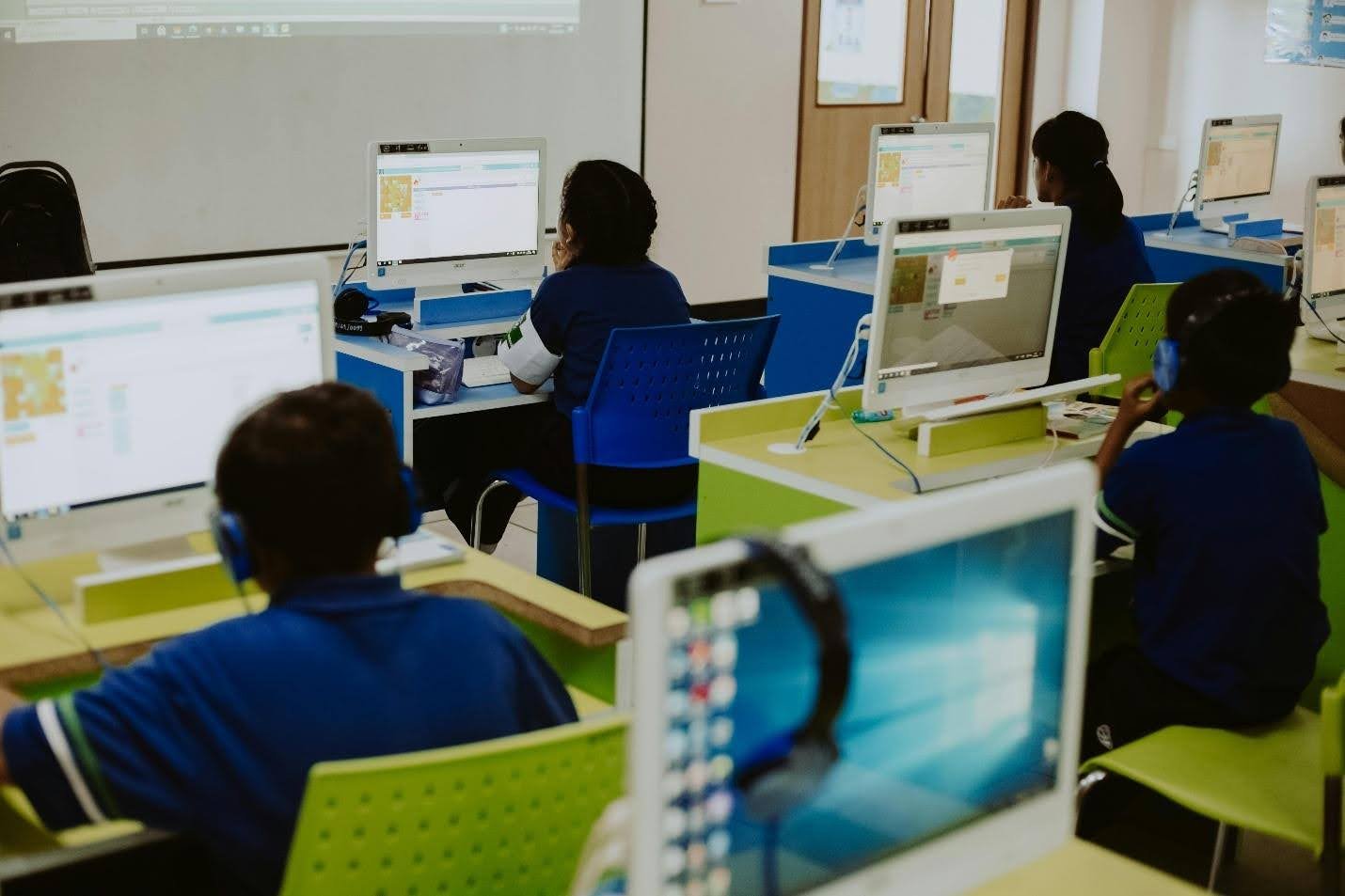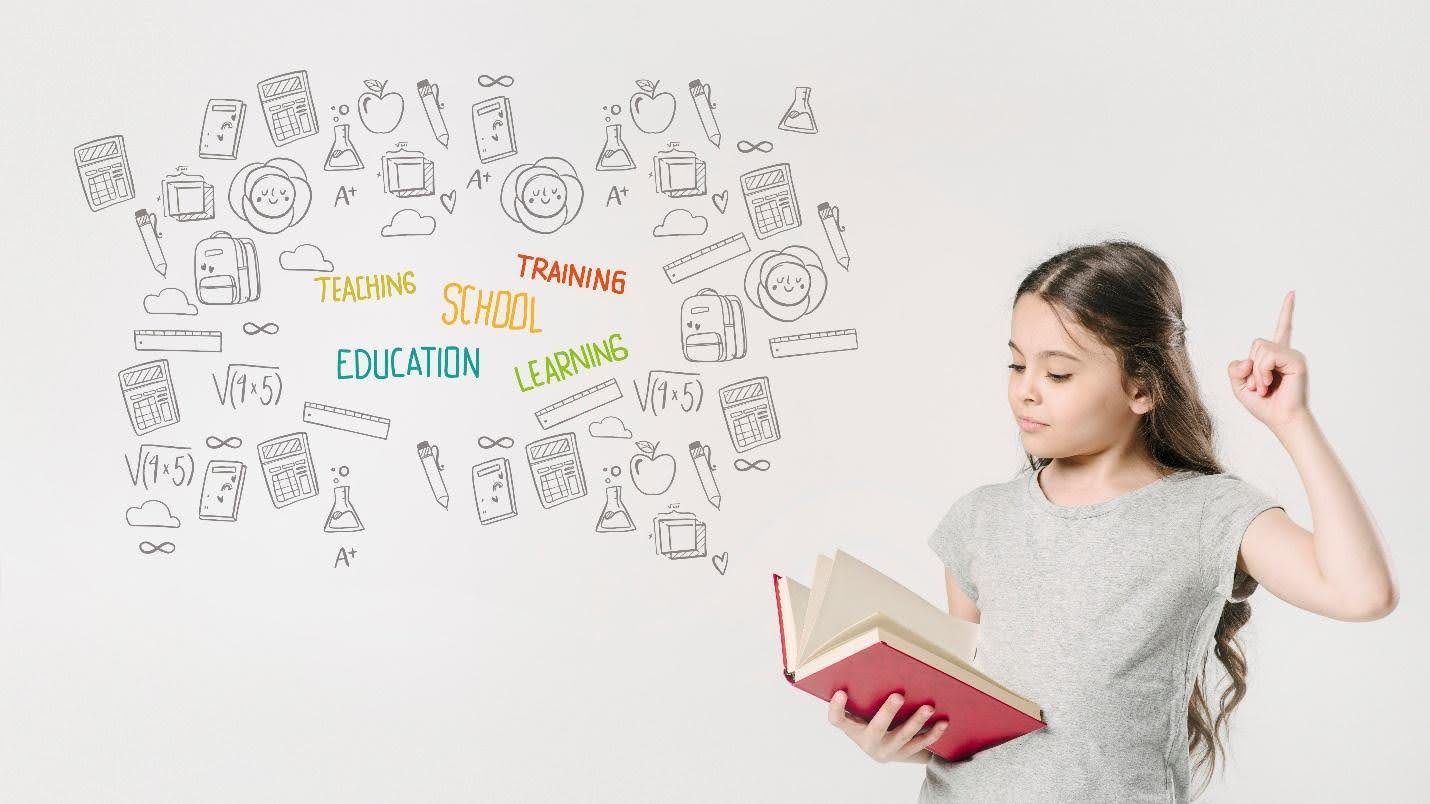Sustainable Education: Building a Greener Future Through Learning
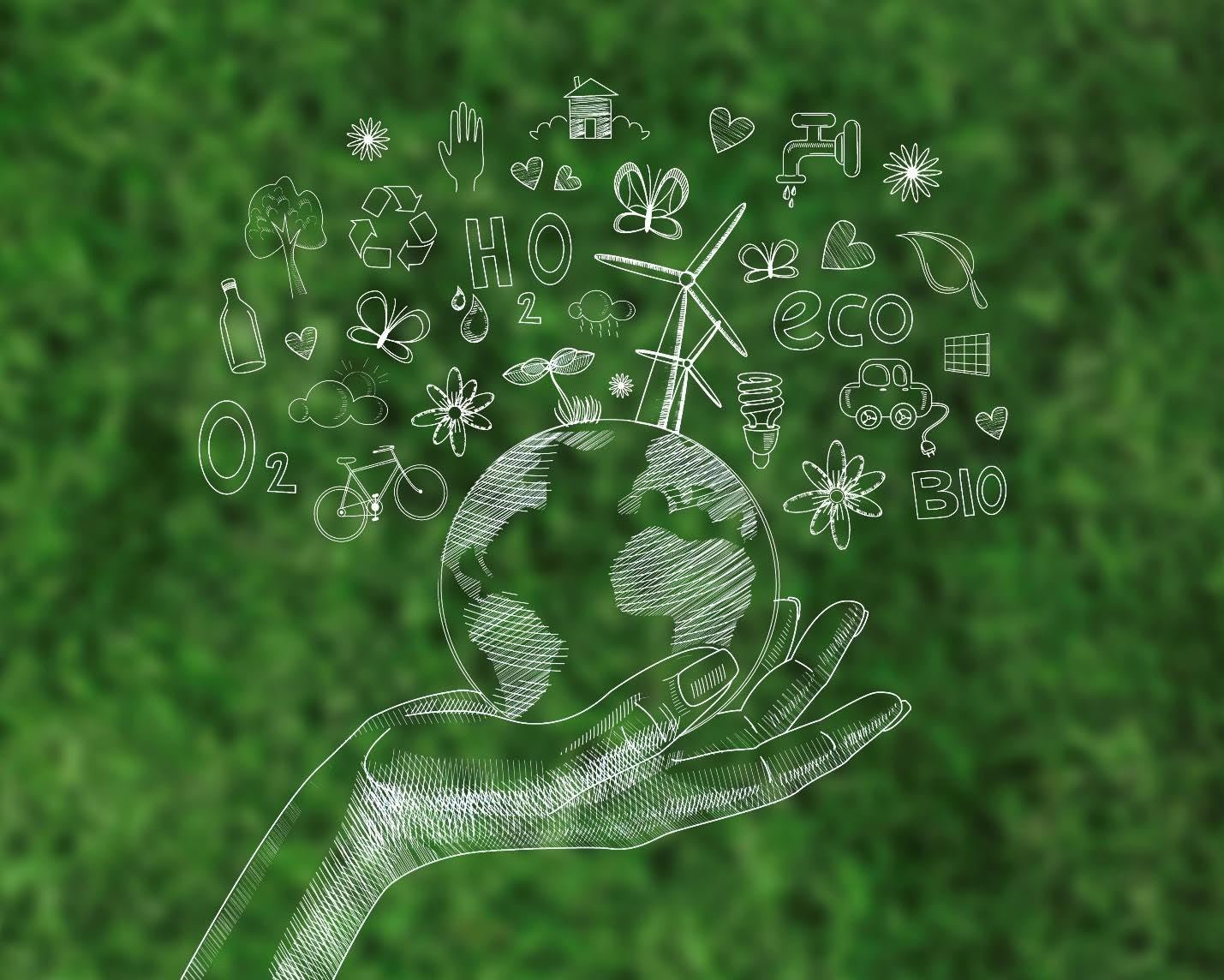
In a world facing climate change, environmental degradation, and social inequalities, education plays a crucial role in shaping a sustainable future. Sustainable education equips learners with the knowledge, skills, and values needed to make responsible decisions for the planet and society.
Table of Contents
ToggleAccording to UNESCO, education for sustainable development (ESD) is vital for achieving the United Nations’ Sustainable Development Goals (SDGs). It helps learners think critically about global challenges and empowers them to take action for a greener, fairer future.
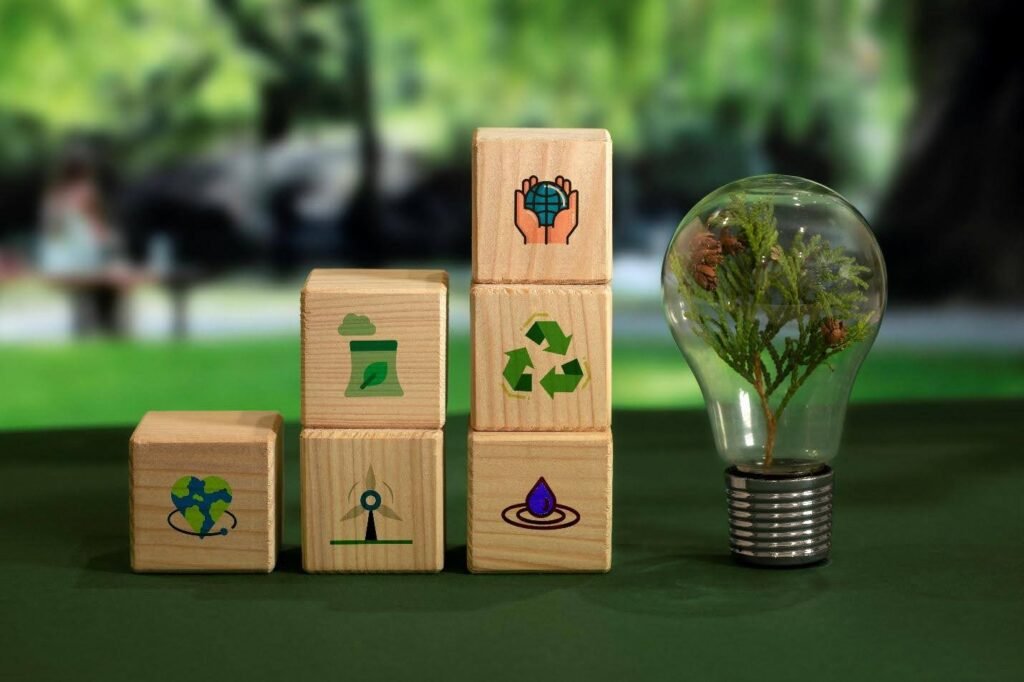
What is Sustainable Education?
Sustainable education refers to teaching and learning practices that focus on creating environmentally responsible, socially just, and economically viable communities. It integrates environmental literacy, global citizenship, and ethical values into education systems.
Organizations like UNEP emphasize that sustainability in education goes beyond the classroom—it involves schools adopting eco-friendly practices, promoting inclusivity, and preparing students for real-world challenges.
The Importance of Sustainable Education

Sustainable education matters because it:
– Prepares students to address climate change and environmental issues.
– Encourages social equity and ethical decision-making.
– Strengthens economic resilience by teaching sustainable practices.
– Promotes lifelong learning and adaptability.
The World Bank highlights that sustainable education is essential for economic growth, as it ensures that future generations are skilled to manage natural resources responsibly.
Key Principles of Sustainable Education

Sustainable education is based on several guiding principles:
1. Environmental Responsibility – Reducing waste, conserving energy, and promoting eco-friendly practices in schools.
2. Equity and Inclusion – Ensuring equal access to education regardless of gender, socioeconomic status, or geography.
3. Interdisciplinary Learning – Combining science, technology, ethics, and culture to address complex challenges.
4. Critical Thinking and Problem-Solving – Encouraging students to analyze issues and create innovative solutions.
5. Community Engagement – Linking classrooms to local sustainability projects and real-world initiatives.
Benefits of Sustainable Education

The benefits of adopting sustainable education include:
– Environmental Impact – Schools reduce their carbon footprint by adopting green practices.
– Student Empowerment – Learners gain the confidence to lead environmental and social initiatives.
– Global Citizenship – Students become more aware of global interdependence.
– Workforce Preparedness – Graduates are better prepared for green jobs in renewable energy, sustainability consulting, and environmental science.
– Cultural Awareness – Sustainable education fosters respect for different cultures and traditions.
A report from the Brookings Institution confirms that sustainable education enhances not only academic outcomes but also social responsibility.
Challenges in Implementing Sustainable Education
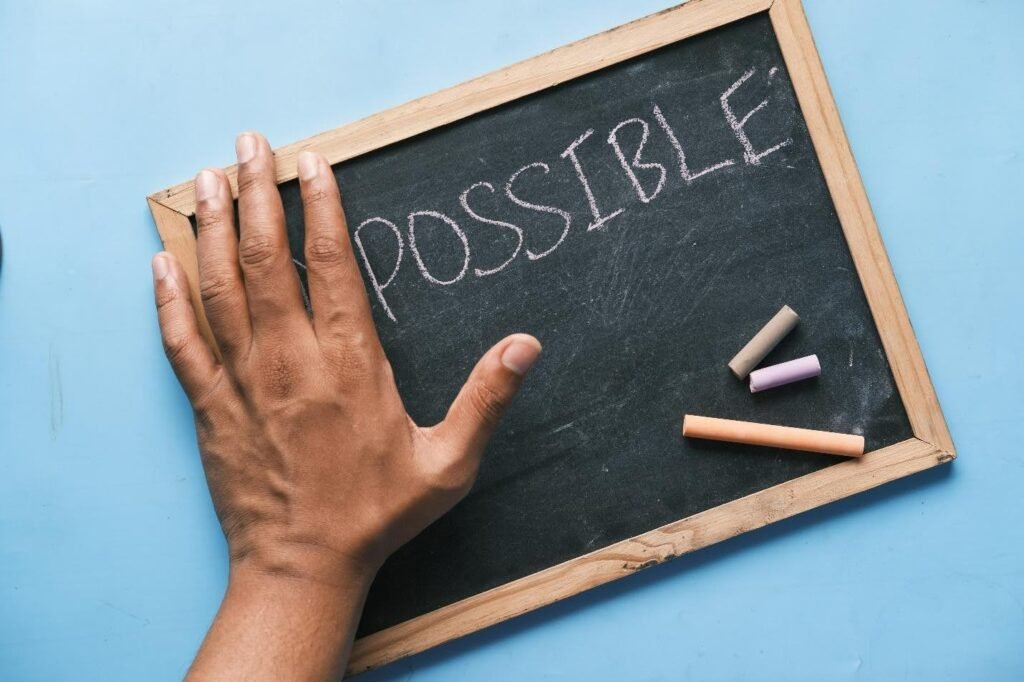
While sustainable education is crucial, there are challenges:
– Lack of Funding – Many schools cannot afford green infrastructure or training programs.
– Limited Teacher Training – Educators need professional development to effectively teach sustainability.
– Curriculum Gaps – In many countries, sustainability is not fully integrated into school curricula.
– Resistance to Change – Shifting from traditional teaching models to sustainable ones requires cultural change.
The OECD notes that governments must invest in policy reforms and teacher training to make sustainable education a reality.
Global Examples of Sustainable Education
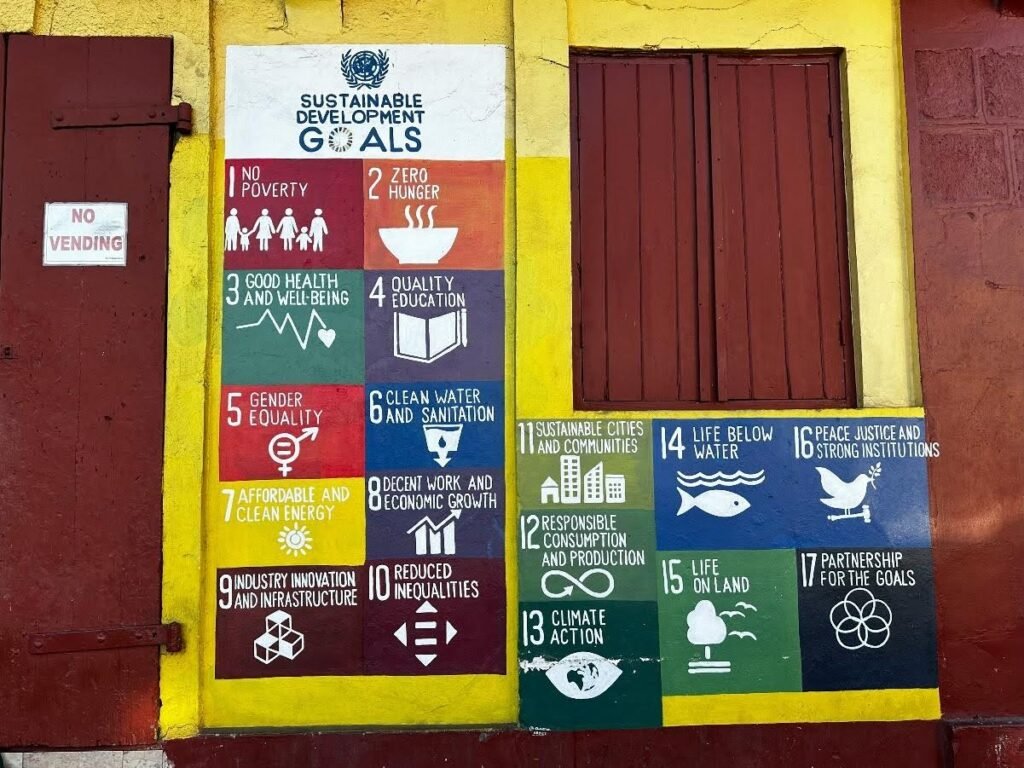
Several countries have successfully integrated sustainable education into their systems:
– Finland – Focuses on eco-friendly schools and outdoor learning as part of their curriculum.
– Japan – Promotes “Education for Sustainable Development” through hands-on community projects.
– Germany – Implements renewable energy projects in schools as part of technical education.
– Kenya – Integrates environmental conservation into primary and secondary education.
These examples show that sustainability can be adapted to different cultural and economic contexts.
Role of Technology in Promoting Sustainable Education

Technology plays a critical role in making sustainable education accessible and effective:
– E-Learning Platforms – Tools like Coursera and Khan Academy reduce the need for physical resources while offering global access.
– Digital Classrooms – Virtual learning helps reduce carbon emissions by minimizing travel.
– AI and Data Analysis – Used to track and improve sustainability projects in schools.
– Open Educational Resources (OERs) – Provide free access to sustainability-focused teaching materials.
According to the International Society for Technology in Education (ISTE), digital innovation is essential in integrating sustainability into modern education systems.
Future of Sustainable Education
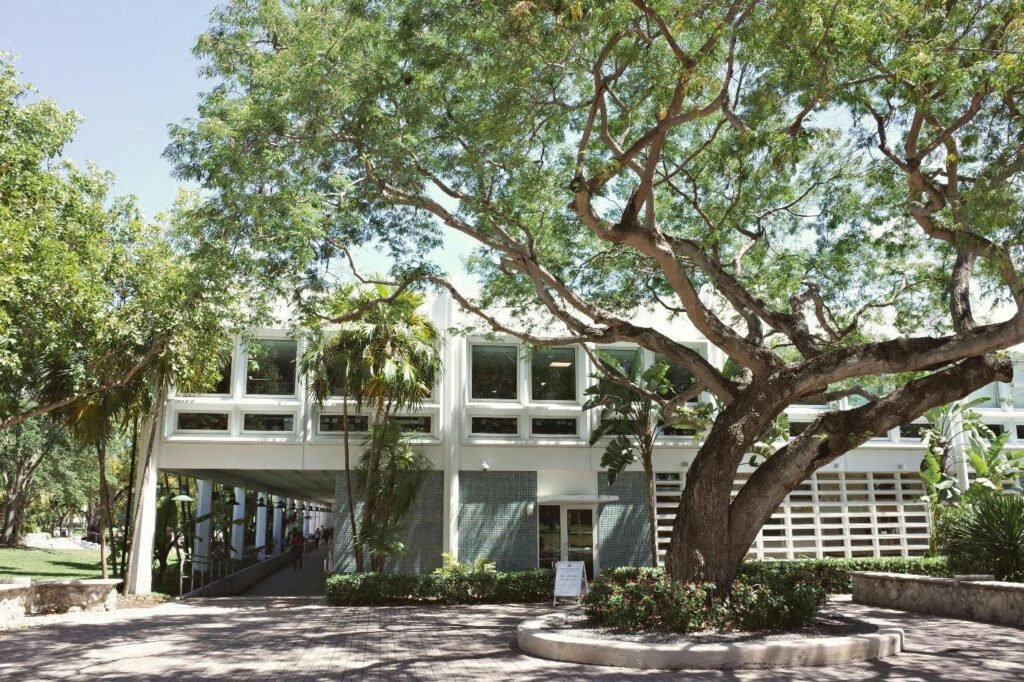
The future of sustainable education will likely include:
– Green Campuses – Schools powered by renewable energy.
– Personalized Learning – AI-driven education tailored to sustainability topics.
– Global Collaboration – Students from different countries working together on sustainability projects.
– Green Careers – Expansion of jobs in renewable energy, waste management, and sustainable agriculture.
With rising awareness of climate change, sustainable education will become a core pillar of all education systems by 2030.
Conclusion
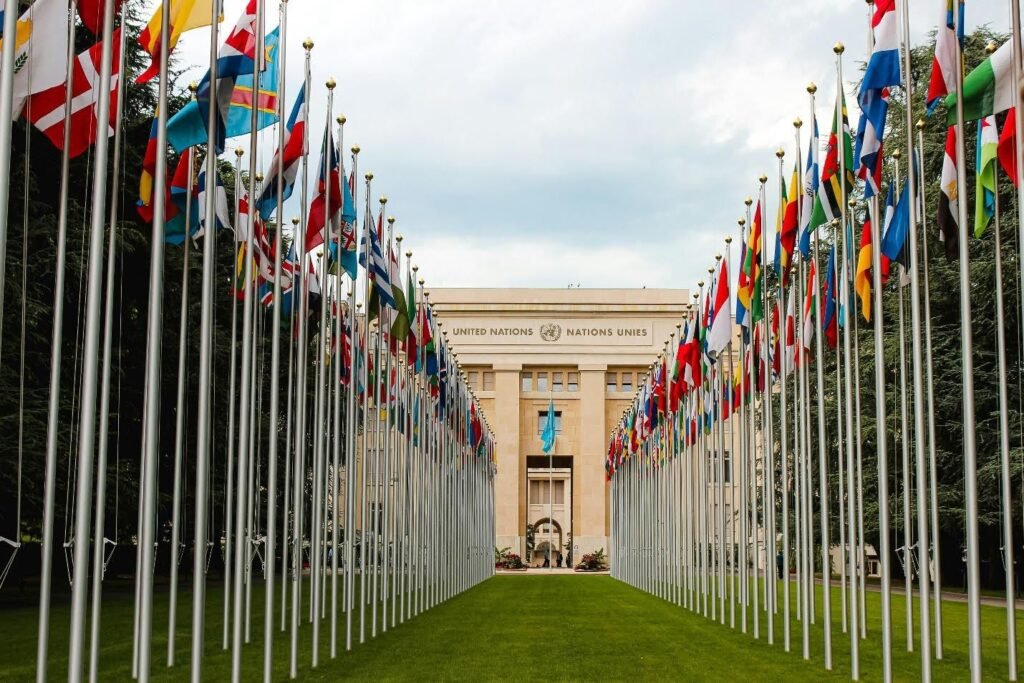
Sustainable education is more than just an academic subject—it is a mindset and way of life. It prepares learners to think critically, act responsibly, and work towards a more equitable and environmentally friendly world.
By integrating sustainability into curricula, policies, and communities, we ensure that education not only shapes individuals but also safeguards the planet. As UNESCO emphasizes, “Education is the most powerful tool for achieving sustainability.”
The time to embrace sustainable education is now—because the future of our world depends on it.


